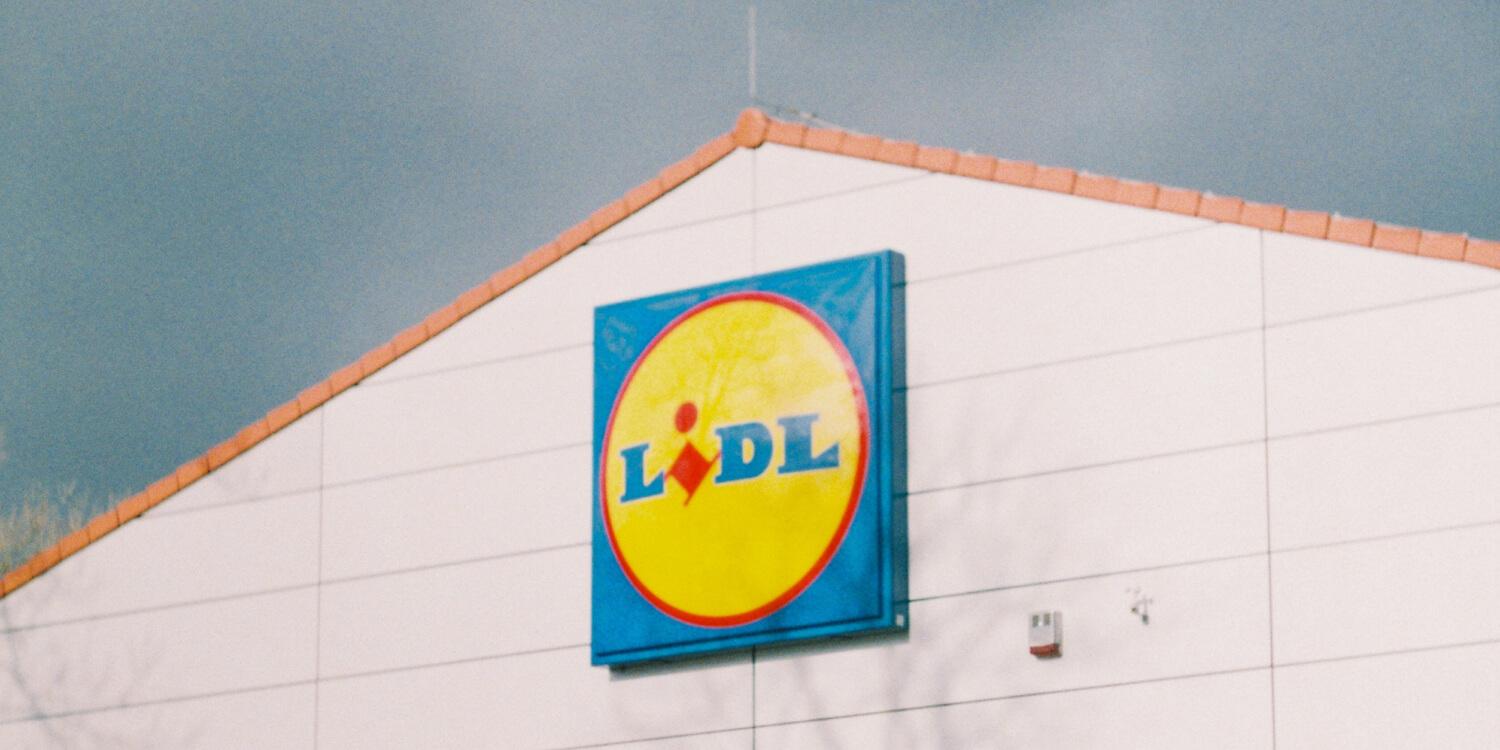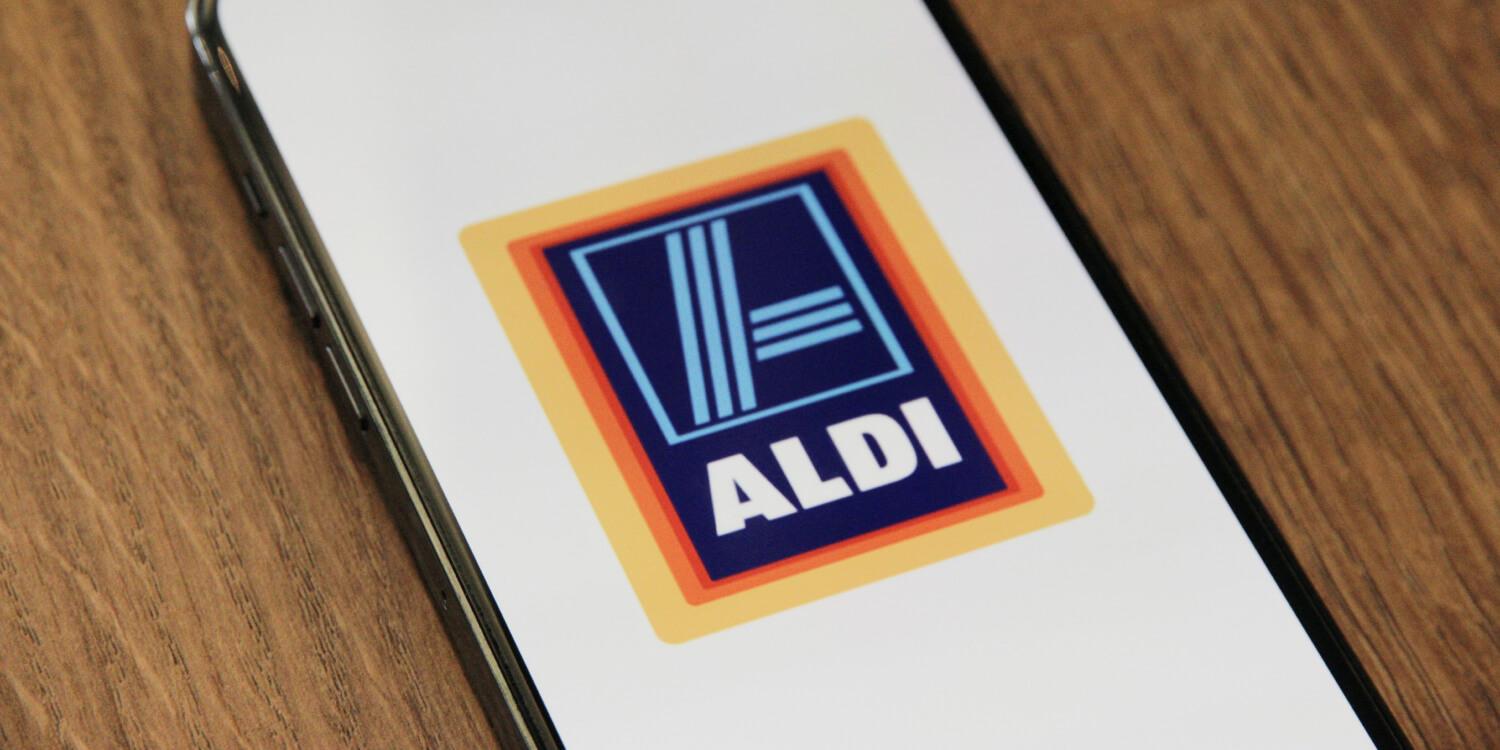Decision
The earlier word mark is visually similar to the contested CTM, since the former fully includes the latter, the only difference being the additional letter ‘D. Aurally, the pronunciation of the marks only differs in the letter ‘D in the earlier mark, which, depending on the European language will be more or less perceivable. Thus, the marks are considered to be aurally identical in a language such as Spanish in which the earlier mark is likely to be pronounced without the ‘D sound, and similar in the other languages. Conceptually, the word ‘LIL means ‘jelly, gelatine in Dutch, whilst the earlier mark ‘LIDL is a fanciful word. Therefore, for the Dutch public, since one of the signs will not be associated with any meaning, the signs are not conceptually similar. For the rest of the public in the EU, both marks are fanciful words, and therefore, there is no distinguishing element conceptually. Since the contested G&S in Classes 29, 30, 35 and 43 are identical and similar, LOC cannot be ruled out. As to the opposition grounds based on Article 8(5), not only the figurative mark, but also the earlier word marks ‘LIDL are manifestly reputed in, e.g. Germany in relation to retail of foodstuff, where it is the second biggest discount retail chain, with regard to the number of stores and turnover figures, and one of the top ranking brands as evidenced by press releases and market studies. In particular, the poll conducted by the Nielsen Company, in 2008, reveals a consumer awareness of 99% for the retail chain ‘LIDL with regard to food retailing in Germany, which means that almost every German consumer knows the opponents mark for retailing foodstuffs. Therefore, on account of the proximity between the respective G&S and the similarity between the marks, the relevant public might be tempted to buy the contested G&S. The applicant, will derive direct benefit from the image of reliability conveyed by the earlier mark and will make the introduction of its mark onto the market made easier than a totally unknown mark. In view of this, there is a risk that the applicant will take unfair advantage of the repute of the earlier mark which has been acquired through long-standing use and effort. The applicant did not put forward any reason to support the fact that use of the trade mark ‘LIL would be founded on due cause. The contested decision is annulled and the opposition is entirely upheld.







